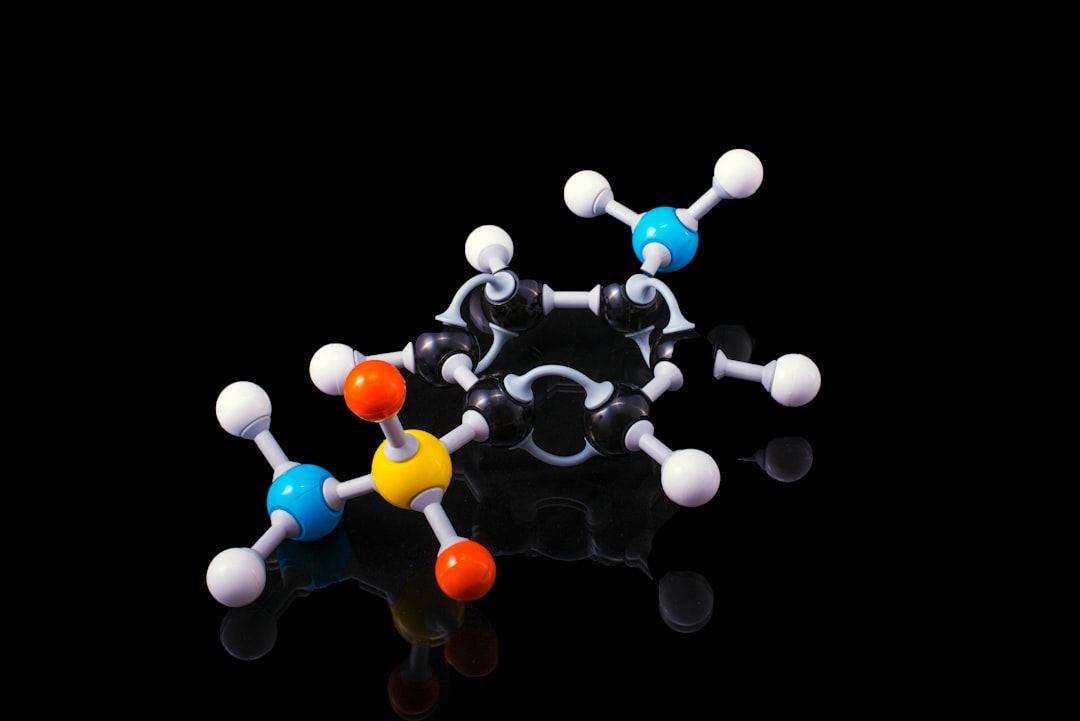What is it about?
This study describes the method development for the LC–ESI–MS/MS analysis of magnesium gluconate using three different reversed-phase HPLC conditions (Method I–III) with comprehensive fragmentation pattern and the structural characterization by NMR spectroscopy.
Featured Image
Why is it important?
This study describes the method development for the LC–ESI–MS/MS analysis of magnesium gluconate using three different reversed-phase HPLC conditions (Method I–III) with comprehensive fragmentation pattern and the structural characterization by NMR spectroscopy. The LC–MS and NMR data were found in accordance with the structure of magnesium gluconate. When magnesium gluconate was dissolved in the acetonitrile and water–methanol solutions, it exists in situ in three different forms: magnesium gluconate itself, gluconic acid, and magnesium gluconate chelate with gluconic acid by a coordinate covalent bond. Method I exhibited pseudo-molecular ion peaks with more magnesium gluconate chelates with gluconic acid, while method II showed an adduct of magnesium gluconate with the solvent along with the molecular ion peak. There was no pseudo-molecular ion peaks found in method III. Thus, method III was found to be the more accurate, robust and reliable LC–MS method for the qualitative and quantitative analysis, structural characterization, and could also be suitable for the pharmacokinetic study of magnesium gluconate. The detailed fragmentation analysis might be useful for the structural characterization of unknown divalent organometallics.
Read the Original
This page is a summary of: Liquid Chromatography Tandem Mass Spectrometry and Nuclear Magnetic Resonance Spectroscopy of Magnesium (II) Gluconate Solution, Journal of Solution Chemistry, April 2017, Springer Science + Business Media,
DOI: 10.1007/s10953-017-0613-z.
You can read the full text:
Resources
Contributors
The following have contributed to this page










